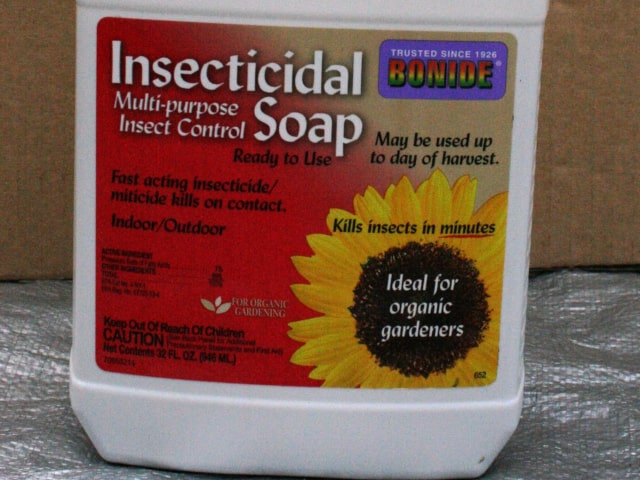
Some of the products used to combat pests can be made using household items. There are also some very old homemade recipes people still use to get rid of insects. One of them is a homemade insecticidal soap. This type of soap has been used for centuries to control pests. A fish-oil soap was particularly common and widely used.
It's important to understand that these recipes work only if true soap is used. The insecticidal power comes from the fatty acids contained in the soap. This is why using plain water won't make the bugs go away and this is why using detergent instead of true soap doesn't give great results.
The fatty acids present in the soap are very effective against many soft-bodies insects, such as aphids, mealybugs, mites, thrips and white flies. The most effective soaps are potassium-based soaps.
Benefits of Using Garden Soaps
There are numerous benefits to using this method of pest control. Some of the most important advantages include:
Eco-Friendliness. This type of insecticide is eco-friendly and doesn't harm people, animals, plants or the environment.
It leaves no residual effect.
This type of insecticide is biodegradable and non-toxic (if you use the right type of soap).
It's safe for beneficial insects. This type of insecticide can't harm bees and other beneficial insects living in your garden.
The Material
If you wish to make your insecticidal soap there are some materials you'll need. Making your own soap is a great, inexpensive way to get a very effective insecticide. Before you start collecting the ingredients you need to keep in mind that the right soap is the key. Never use a dish washer detergent or a liquid dish washing soap: what you need is some real soap to make it work.
To make this homemade insecticide, you'll need:
- Soap. Take some real, pure soap which has the active ingredient of fatty acid. These soaps can be found in many grocery stores and they are inexpensive. When choosing a soap, make sure that it contains no synthetic chemicals, degreasers or skin moisturizers.
- Water. It's best to use pure water (you can take distilled). You may use tap water if it's good but if the tap water is hard it's better to use a bottled water.
- A clean bottle sprayer. Alternatively, you may use a garden sprayer. It all depends on how much you need to apply. Never use a weed killer sprayer for this purpose!
Making the Soap Mix
To make an effective soap mix you have to make a 2% soil solution (or near 2%). For 1 gallon of solution, mix in 1 gallon of water with 5 tablespoons of soap. For a 1 quart solution, mix in 1 quart of water with 1 tablespoon of soap. When you make the mixture, shake it well before you intend to use it.
This simple recipe can have variations. Some people add things such as red pepper, garlic, powerful herbs or extracts, cayenne pepper, cider vinegar or even cooking oil. These ingredients are said to improve the effectiveness of the solution.
Another thing you can try is to observe plants in your garden (including weeds) that seem unaffected by pests. If you have those plants in your garden, take a bit and add them to the mix. Blending some of it up with the mixture may improve its effectiveness. There's no guarantee for this but you can try.
One word of warning: before you spread the homemade insecticide all over your garden, it's important to test it. Some insecticides prove to be too potent and they can do a serious damage to your plants. If you think the solution is too strong, dilute it. Try to reduce the mix rate to a 1% solution if you think the original mixture is too strong.
Tips
Here are some quick tips on how to use your homemade insecticidal soap:
- As stated above, test it before use. This is the only way you can tell it's not harmful to the plants.
- Never spray during rainy days: the rain will simply wash out the insecticide.
- To get the best results, apply the spray early in the morning (before 9 AM) or late in the afternoon (after 5 PM). It will allow the spray to stay wet longer on the plant and thus become more effective.
- Don't forget to shake it well before use. If needed, keep shaking during application. You should never let the solution sit for too long before spraying.
- When using this sort of solution, keep in mind that it doesn't leave residue. It means that you won't be able to simply spray the plant and leave it. In order for it to be effective you need to spray on the pests. Leaving a few drops on the leaves will have no effect.
- When spraying, apply a lot of insecticide on the top and undersides of leaves.
- When applying the mixture, make sure to skip plants that seem stressed or wilted. Spray only healthy plants.
- Don't spray on the blooming plants, new growth or plants sensitive to soap sprays, such as ferns, waxy leaf plants, some palms, azaleas, ivy and tomatoes.
- Wait for about a week after the first application, then repeat. Many insecticides require a re-application (depending on the severity of the problem).
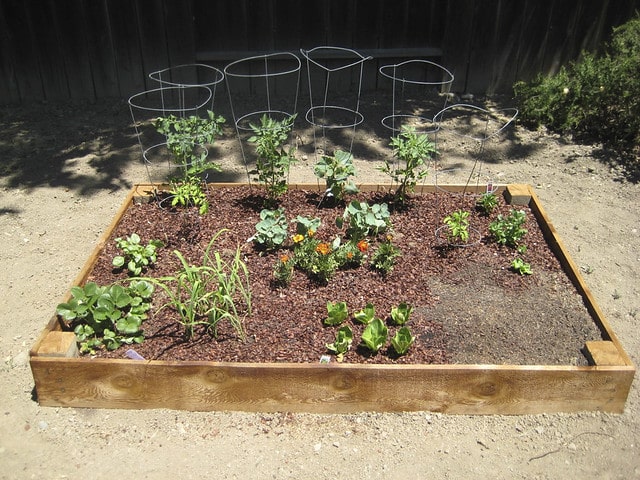
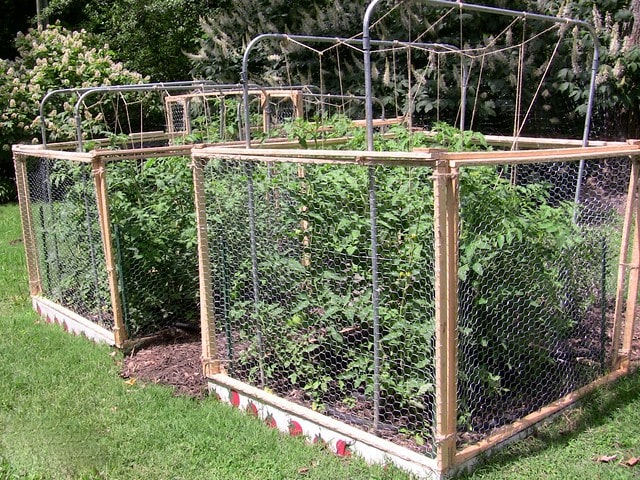
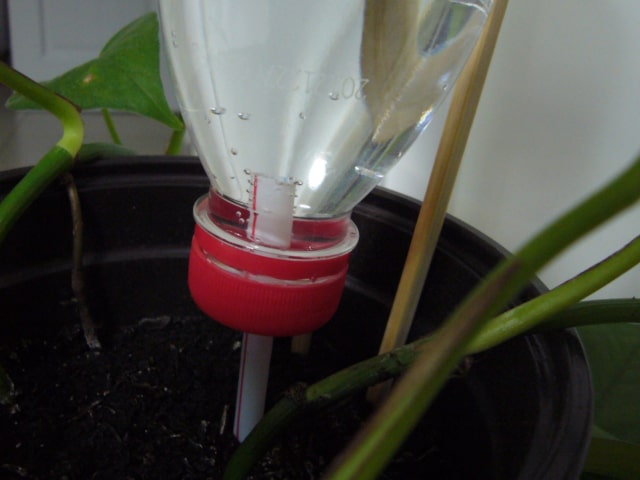
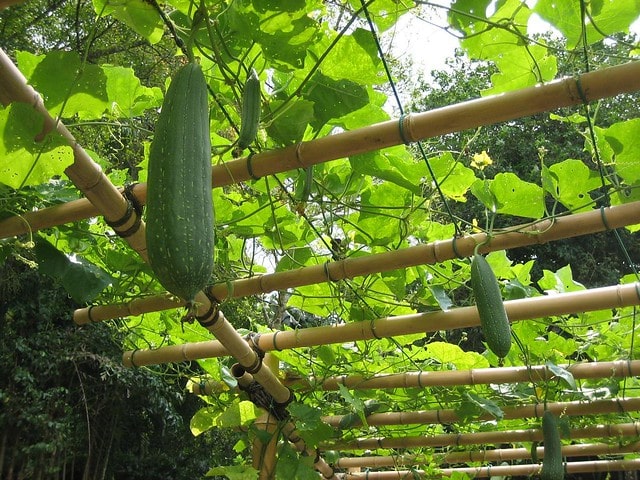
2 Comments
Wish you had given the name(s) of soap safe to use. It's confusing trying to find the appropriate soap. But thank you for the info.